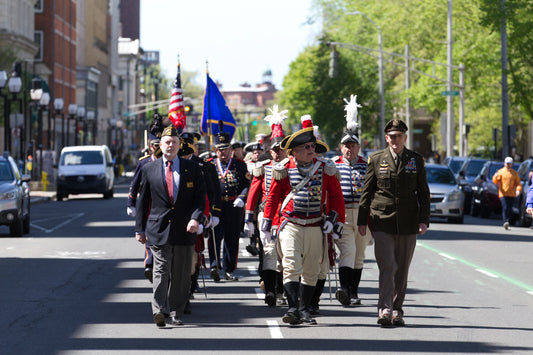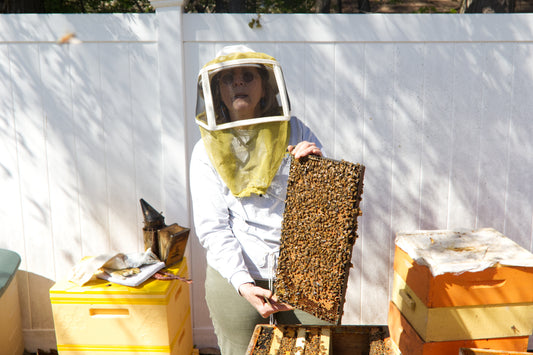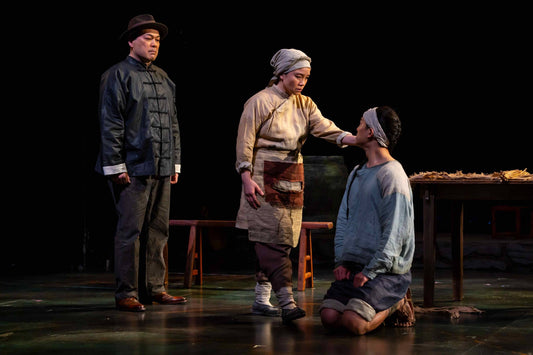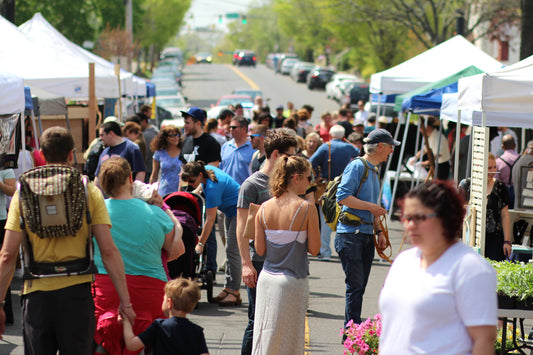Connecticut’s state flower, the mountain laurel, blooms but once a year, from late May into June—this year, until June 20 or so. If you hike in the woods or watch the roadside, you probably know it: a woody shrub with gnarled branches, waxy green leaves and pale pink buds that open into cupped white blossoms. What you might not know is that the story of their popularity takes place partly in New Haven and Hamden.
In addition to growing wild in forest and field, mountain laurel can be planted in your own back yard. Dick Jaynes, owner of Broken Arrow Nursery in Hamden, reckons his work for the Connecticut Agricultural Experiment Station (CAES) in New Haven led to approximately half of the cultivars available commercially today. If you visit Broken Arrow, you’ll see these alongside others that never quite made it to market.
sponsored by
Perhaps best known for its Christmas trees, Broken Arrow’s nursery is perched in the northern hills of Hamden, where a rustic building is flanked by rows of potted perennials and shrubs glistening in the sunlit spray from irrigation poles. There’s a lot to look at here, but one shrub with buds the color of the cherry dip coating on an ice cream cone commands attention. Planted just beyond the gravel parking lot, it’s the original 40-year-old Kalmia latifolia ‘Sarah,’ a mountain laurel variety named for Jaynes’s wife, who goes by Sally. Though Jaynes cultivated the original Sarah plant, when Broken Arrow sells them today, they’re ordered from Rhode Island or Oregon, or from a Connecticut nursery that has figured out how to grow the plants from cuttings.
“From at least 100 feet away, the flower says, ‘Come look at me!’” Jaynes says, still admiring it. “When you’re trying to select unique plants for the garden, it’s nice if the plant calls you.” A tour of Broken Arrow’s grounds yields more callers: ‘Freckles,’ with reddish spots dotting the interior of its white flower; ‘Little Linda,’ with red buds and pink flowers, named for Jaynes’s daughter; ‘Keepsake,’ with a white-edged, wine red flower.
These and other varieties of mountain laurel were bred by crossing mutations found in the wild with existing cultivars. Jaynes plucks a few tiny blooms, each about the size of a nickel, and strips one down to its pistil. On another, he points out the pockets of the blossom that hold pollen. The flower’s delicate filaments are “spring loaded,” he says, releasing one to demonstrate how it sprays a tiny amount of pollen into the air. In order to cross two varieties of mountain laurel, Jaynes uses a tweezer to deliver pollen from the pocket of one blossom onto the sticky tip of the pistil of another, a job done inadvertently in the wild by bees and other pollinators. Pollen travels down the pistil’s style into its ovary, where a seed will grow. Those seeds can be harvested in the fall and planted.
Then you have to wait—for four or five years. “It’s not easy,” Jaynes says. “They’re slow from seed.” But little challenges like these don’t seem to faze him. Jaynes spent a 25-year career at CAES cultivating Kalmia latifolia with varying leaf structures, growth habits, colors and forms, naming more than 25 of them himself. A colleague named the ‘Tightwad’ varieties—laurels whose buds never quite open to flowers. “That ‘tightwad’ trait has been found at least a half a dozen times in Pennsylvania, two or three different places in Connecticut, and each plant is a little different than the other,” Jaynes says.
Other finds have included a population of lavender-colored Kalmia angustifolia, or “sheep laurel,” along the Hammonasset River, which Jaynes named—what else?—‘Hammonasset.’ Another find, made by a couple in North Carolina, was christened ‘Shooting Star’ because its cuplike blossom was “almost petaled.” ‘Speckled Willowood,’ with its slender, willowlike leaves, was discovered in South Carolina.
Jaynes’s family has been growing Christmas trees since 1947, a business that began when he was awarded some seedlings for a 4H project. He went on to graduate from Wesleyan University, then earned a PhD in botany at Yale before going to work at CAES. There, he took on the project of attempting to cross the seven species of Kalmia. It turned out those crosses weren’t really viable. “But while I was doing that, I realized that there was much more variation in our native species than anybody had realized,” he says.
Starting in the 1960s, he corresponded with state botanists, nurserymen and botanic gardens in the eastern US, looking for unusual mutations. For the most part, he relied on others to stumble across those interesting new finds in the wild. But he’s taken a few field trips of his own. Once, he and Sally followed a forester deep into the Great Smoky Mountains in Georgia to see the largest known mountain laurel in the country, a 30-foot-tall specimen on an island in a stream that had apparently protected it from ground fires. He took some cuttings to propagate.
Jaynes opened Broken Arrow in 1984 after leaving CAES. His initial specialty was, of course, mountain laurel. Today the nursery “acquires, develops, and grows rare, unusual, and garden-worthy plants,” its website says. The catalog includes a vast selection of trees, deciduous shrubs, broadleaf evergreens, vines, deciduous and evergreen conifers and herbaceous perennials.
While Connecticut has certainly given the plant its due—it was named the state flower in 1907—hobbyists haven’t. Jaynes estimates there are thousands of amateur horticulturists cross-breeding rhododendron and azaleas, plants in the same family as mountain laurel, but says he can count on one hand the number of those cultivating mountain laurel.
“If there’s anything that I’m disappointed in, it’s that very few people have taken up breeding,” he says, even though there are still opportunities, as he sees it. For one, he never quite got to red flowers, though he’s confident they’re attainable.
It may just take a little bit more work, and a whole lot of patience.
Broken Arrow Nursery
13 Broken Arrow Rd, Hamden (map)
June hours: Mon-Sat 8am-5:30pm, Sun 10am-4pm
July-Oct hours: Mon-Sat 8am-4:30pm, Sun 10am-4pm
(203) 288-1026
Website | Instagram
Written and photographed by Kathy Leonard Czepiel. Image 1 features Dick and Sally Jaynes with a ‘Sarah’ bouquet. Image 2 features ‘Tinkerbell’ buds and flowers.








